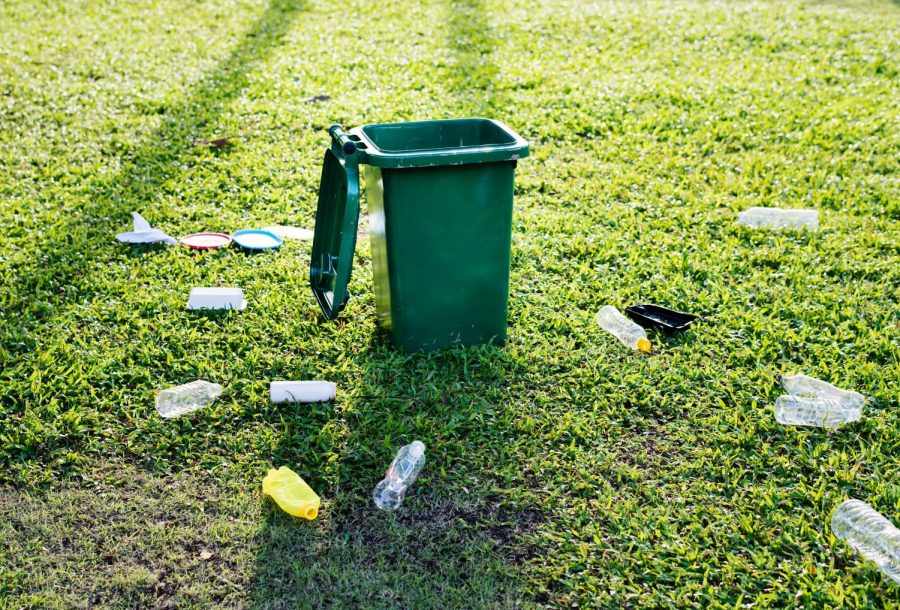The Reality of Recycling
With the amount of effort people have been taking to make the planet more green, it is easy to wonder whether the programs established have been effective. In the history of the United States, recycling has proven to be among the most successful public relations campaigns.
Although it appears that recycling is omnipresent in the United States, people were often left wondering if what they put in recycling bins truly did get recycled. They questioned whether their efforts were making any difference. Many also believed that they were lied to about what was being recycled. When recycling companies transitioned into single-stream collection, those who doubted recycling was legitimate were convinced that companies had even given up on trying to hide that any recycling was taking place. It used to be that people would have to recycle paper, plastic, and glass in different recycling waste containers, and a single-stream collection is where all of these different recycling can be disposed of in the same bins.
In reality, the change to a single-stream collection system is not the result of companies dumping their collected materials into landfills, but rather the result of better technology. Materials that are disposed of to be recycled do in fact get recycled. It would be a waste of money for recycling companies to dispose of all the materials by dumping them into landfills. From an economical viewpoint, the companies want to recycle as much as they can within their sanitation and financial limits.
The filtration part of recycling in the single-stream collection system is possible due to technology that helps separate the materials based on the different categories of recycling. Specific types of metals can be collected by the use of magnets or utilizing electrical currents. Other specific materials reflect different wavelengths of light under infrared lasers. This is used by recycling companies to categorize different categories of papers and plastics. Once objects are recycled into a raw material, they are sold for a profit to manufacturers that get an added benefit of saying their products are made with recycled materials.
While it is true that materials do get recycled, it is not possible for everything that is put in recycling to avoid a landfill. It is more beneficial to recycle products, but recycling is also very expensive and requires a lot of energy input. The movement to a single-stream collection makes recycling more convenient and appealing to everyday people, but it does add to the general cost of having to recycle materials due to sorting materials. When considering the 5 R’s in trying to make the planet more sustainable it seems that economically recycling always comes last. It is more cost efficient to reduce use of products, reuse materials you already have, refuse to use a certain material altogether, or re-purpose what is already owned than it is to recycle most materials.
There are also limitations to what can be recycled. Many people throw “trash” in recycling which just slows down the recycling process. Some materials, such as cardboard, are used to contain food, but once the cardboard absorbs a certain amount of grease it loses its ability to be recycled. While glass is recyclable, it can be rendered worthless if not handled properly and ends up shattered. Even certain plastic materials, such as PVC, can be considered unrecyclable to many different recycling companies because the number of additives used to create it.
Companies that recycle do not have an agenda to try and manipulate people, but there have been instances where there has been scandalous misconduct with how certain companies have treated their use of recycling. One very noteworthy instance was China’s recycling of ink cartridges. China was importing vast numbers of ink cartridges for recycling. People would return ink cartridges to stores and those stores would then sell the ink cartridges to China where they were supposedly recycled. What China was really doing was collecting the very last drops of ink from the cartridges that had not been used and reselling the ink. The now completely emptied cartridges would find themselves in landfills or even burned. In instances such as this, not only are people using the label of recycling to deceive people, but their actions are going against the entire initiative of recycling.









